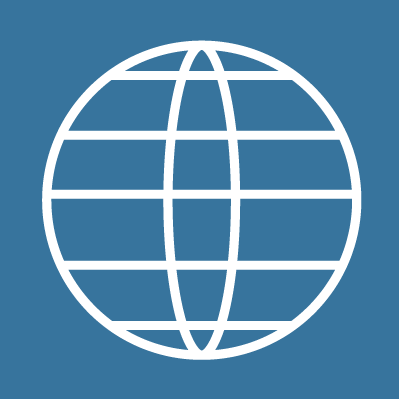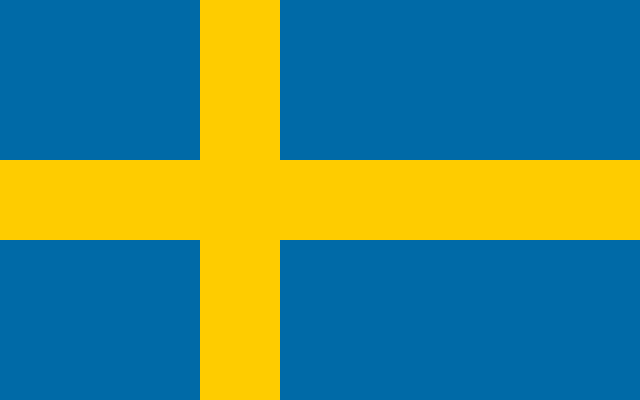January 20, 2021
Digital solutions have given healthcare new opportunities to become both more efficient and safer for patients.
In the Värmland Region, digitalisation was seen as an opportunity to create a new, uniform way of working and they were the first in Sweden to implement the Cambio COSMIC Nova mobile journal system in the entire region. When staff can now easily keep digital notes on the go and share information with colleagues and patients, not only is time saved – the solution has also created greater collaboration.
Healthcare’s working methods have long been characterised by a large part of manual work, which includes handwritten medical records and notes that are then to be entered into various systems via a PC. The COSMIC Nova mobile journal system developed by Cambio replaces difficult-to-understand post-it notes and time-consuming duplication with tablets and digital boards that allow staff to enter information anywhere, anytime. The solution was introduced by Region Värmland as the first region in Sweden starting in 2016. They had already used the COSMIC journal system for several years and now chose to also introduce the mobile application Nova, which is COSMIC available in iPads and Android tablets. Petra Jonaeus is a business developer at Region Värmland and has been involved in the implementation project.
- It started as a pilot project in 2016 where department staff at two wards started using the app and tablets. A couple of years later came a new version that also included the app for doctors and then we began the broad introduction that would include 27 wards. The large hospital with 21 wards is ready, but there are still two smaller hospitals with three wards each. Right now we have more than 1000 Nova users, she says.
All information in one place
The biggest advantage when exchanging paper and pen for digital medical records is the efficiency and the ability to easily share information with colleagues and patients. Doctors have one type of application, nurses another and all information from the various units is synced to the department’s digital board. Notes, signing of medicines, ordering samples and sharing test results can be done directly at the patient’s bed.
There are several reasons behind the project’s success, Petra Jonaeus explains. Setting a clear, and rather tight schedule was one of them but the biggest impact was the participation of those who would work practically with the solution.
- We have had small working groups for each department with representatives from the various professional categories, including the head of the department. Then they have been able to build and niche Nova together so that it suits the business, based on the basic package of activities that the solution comes with. They have started from the basic list of names, such as blood pressure, and then been able to add their own department-unique labels and activities.
”Increases security”
The effects and results of the introduction of the solution are clear. When everyone has access to the information, it is possible to create greater participation with patients and the healthcare staff can collaborate with their colleagues in a completely new way. The common to-do list makes it easy to change shifts and if a colleague has a lot to do, you can help with activities and then tick off without having to disturb the person.
- We have seen that it saves time, increases security and increases patient safety. The information is available in the hand at all times and it is easy to see if a patient, for example, should not receive CPR or have a catheter. It will be a smooth communication without having to hunt and stress, says Petra Jonaeus.
”Uniform routines”
Göran Karlström is the chief physician and responsible for the patient record and customer group COSMIC in Region Värmland. He also sees that the broad introduction has given the region a safer and more uniform way of working.
That we use similar solutions everywhere is a patient safety issue. Information and labels are included with the patient regardless of the unit and if the patient changes ward. This means that we get a common way of working and uniform routines.
Göran Karlström, Region Värmland
The implementation has taken place in a business-oriented way, explains Göran Karlström, which has been a success factor. Now that the region has seen that the project has contributed to major positive changes, they hope for future projects that can include, for example, psychiatric inpatient care.
- It could enable us to work even more uniformly and help each other further between different departments. We see that COSMIC Nova can contribute to the development of several new, more efficient ways of working, he concludes.




